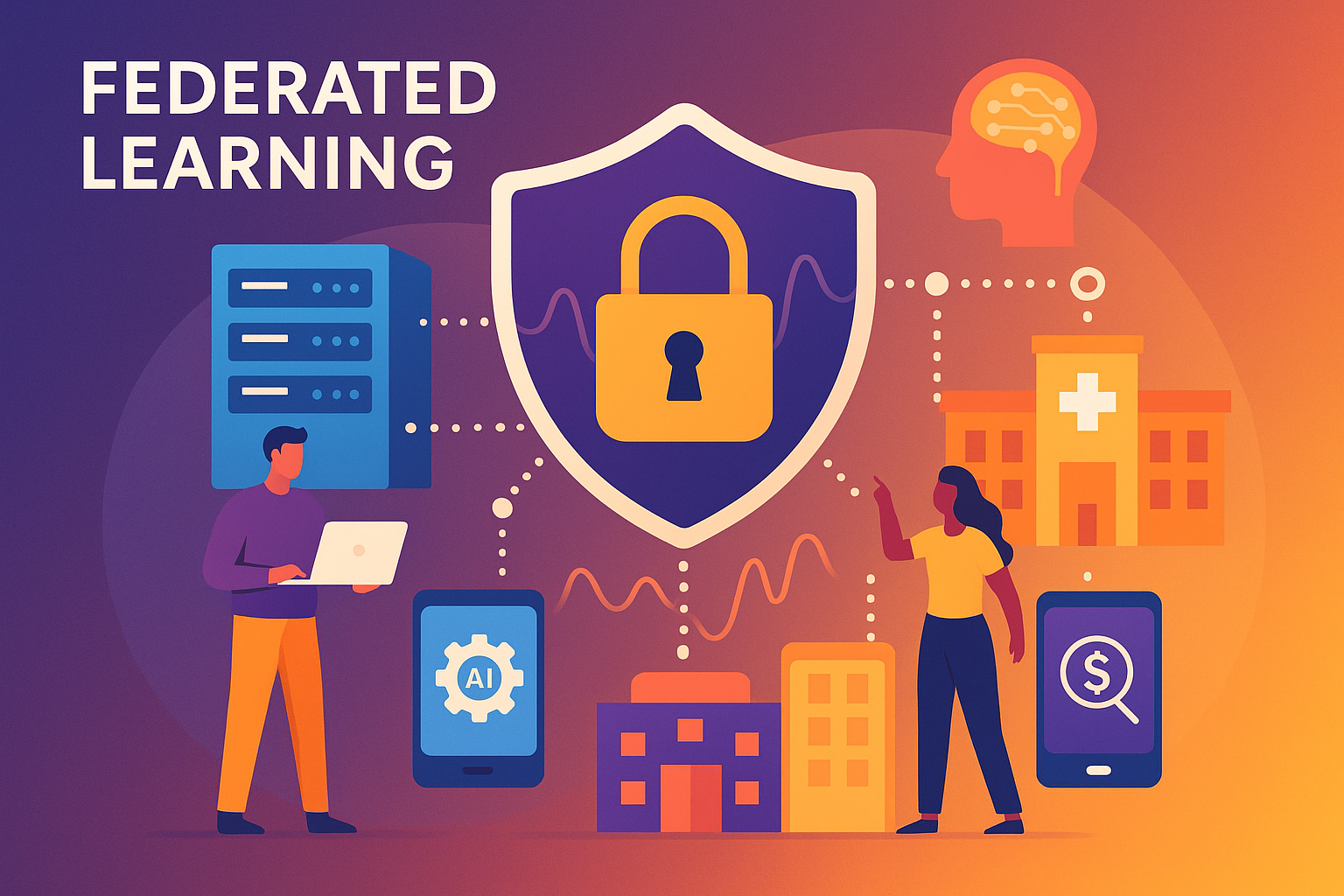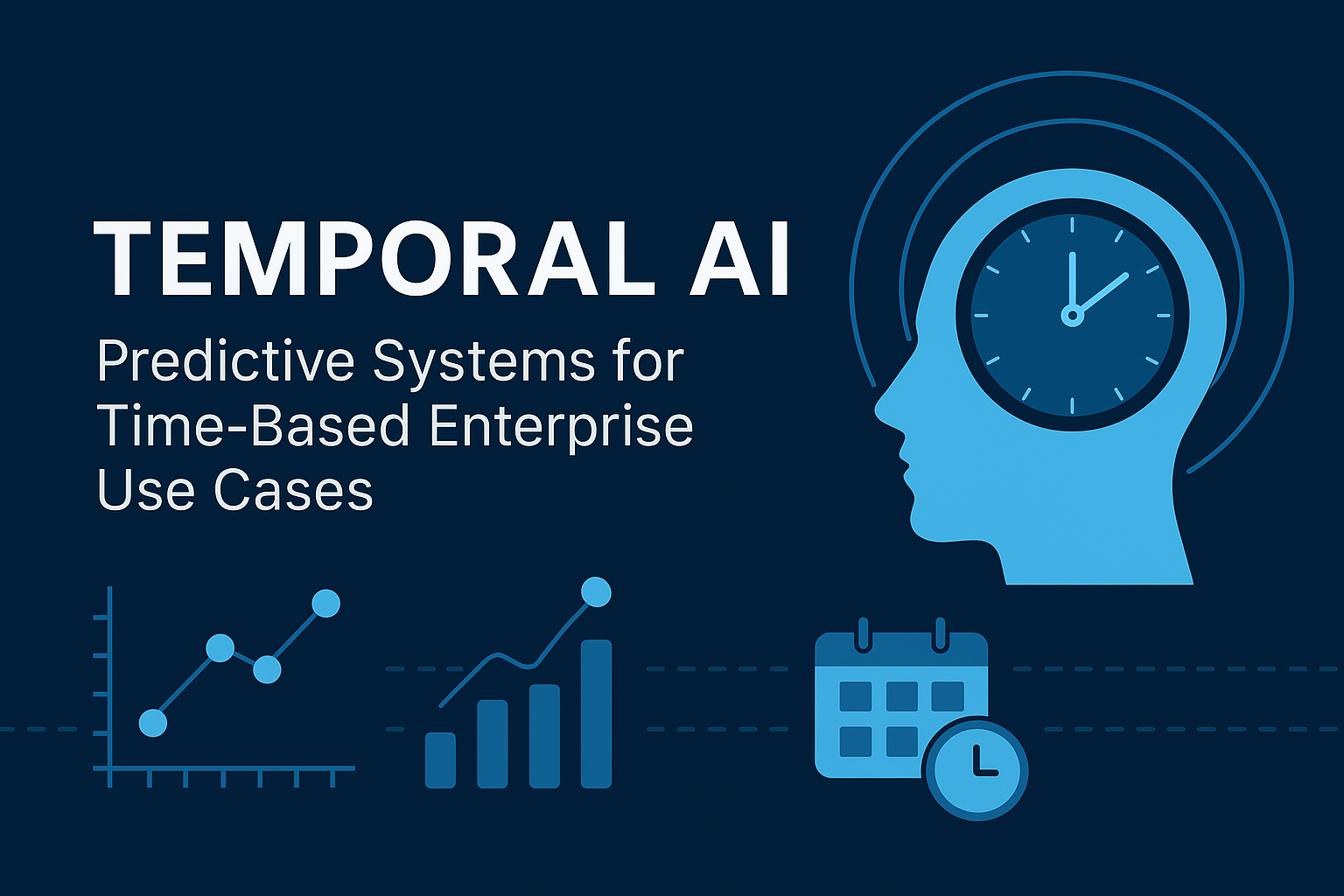As generative AI tools become more accessible and powerful, many enterprise teams are experimenting with large language models (LLMs) like ChatGPT, Bard, and Claude to boost productivity, automate tasks, and generate insights. But with this surge in usage comes a rising risk: shadow AI. Just as “shadow IT” describes unsanctioned technology usage outside formal IT governance, Shadow AI refers to the use of AI tools and LLMs without approval or oversight from enterprise security, data governance,
Augmenting Data Catalogs and Building a Smart Inventory of Enterprise Knowledge
Category: Uncategorized
As enterprises scale their digital operations, visibility into their data landscape becomes a strategic priority. Modern businesses generate and consume data across cloud platforms, legacy systems, APIs, and third-party tools, yet many struggle to answer a simple question: What data do we have, and where is it? This is where data catalogs come into play. Traditionally, data catalogs served as searchable indexes of available datasets, detailing schema, lineage, and basic metadata. But in 2025, that’s
As large language models (LLMs) become integrated into enterprise workflows, the focus has shifted from just building models to making enterprise data ready for them. One of the most critical enablers of this transformation is the semantic layer, a structured, business-friendly abstraction that sits between raw data and applications or models consuming it. Why Enterprises Need a Semantic Layer for LLMs Enterprise data is notoriously complex: siloed, inconsistent, and often lacking the contextual clarity LLMs
In the age of data privacy, cloud sprawl, and ever-tightening regulatory frameworks, enterprises are grappling with a fundamental tension: how to train AI systems on sensitive or geographically dispersed data without violating compliance mandates or introducing new security risks. Enter Federated Learning (FL), a paradigm shift in machine learning that enables model training across decentralised datasets without moving the underlying data. What began as a research initiative for improving mobile keyboard suggestions has evolved into
As businesses race toward real-time operations, a new frontier in artificial intelligence is gaining traction: Temporal AI. This class of AI focuses on modelling and interpreting time-dependent data, unlocking predictive insights that conventional models often miss. Whether forecasting energy demand, detecting fraud, or anticipating equipment failure, temporal intelligence is becoming a cornerstone of modern enterprise decision-making. What is Temporal AI? Temporal AI refers to using machine learning and deep learning techniques to analyse time-series data, information




